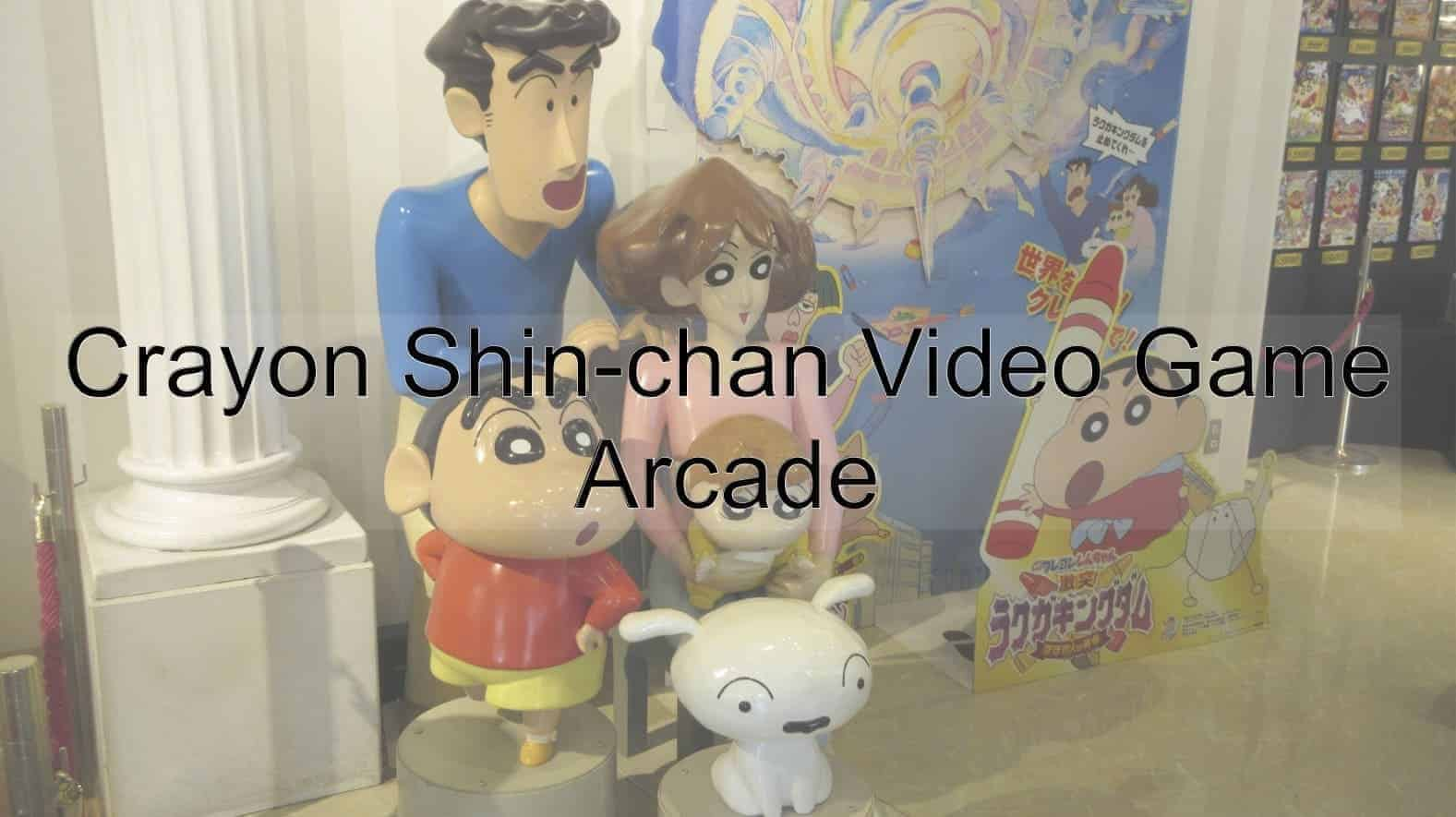Comic Books And Cartoons
In many countries, comics and cartoons are widely recognized, with some achieving global popularity and their merchandise selling extremely well. Today, Japanese comics and cartoons are renowned globally, attracting many visitors to Japan eager to purchase related merchandise. Through these media, many people have developed an interest in Japanese culture. It would not be an exaggeration to say that Japanese comics and cartoons are a significant and valuable part of Japan's popular culture.
Comics in Japan are known as 漫画 (manga) and have a long history dating back to the 12th century. The first comic believed to have been created in Japan is the 鳥獣人物戯画 (chōjū-jinbutsu-giga). This was produced from the end of the Heian period (794-1185) to the start of the Kamakura period (1185-1333) and consists of four separate picture scrolls. Although it does not resemble modern Japanese comics, the drawing techniques used for the characters in these scrolls are said to be very similar to those used in today's manga. The chōjū-jinbutsu-giga is said to have been drawn at a Buddhist temple called 栂尾山高山寺 (togano-o-yama kozanji) in Kyoto, Kyoto Prefecture. Interestingly, it appears that several individuals contributed to the work. It is hypothesized that several Buddhist monks living at Kozanji Temple collaborated to complete it.
Initially, Japanese comics contained only pictures and no words. Over time, as seen in modern Japanese comics, text was incorporated alongside the imagery. In 1923, the comics ノンキナトウサン (nonkina-tōsan) and 正チャンの冒険 (shōchan-no-bōken) were serialized in a newspaper. These not only featured words but also used frames and speech balloons to show dialogue, a new storytelling technique at the time. This marked a shift toward the comic style seen today. During the Showa era (1926-1989), artists transitioned from using brushes to pens, which significantly changed the production of Japanese comics.
Cartoons in Japan are known as アニメーション (animeeshon), often shortened to アニメ (anime). Translating to "animation", Japanese cartoons have a relatively short history, first appearing in the 19th century. Released in 1919, 芋川椋三玄関番の巻 (imokawa-mukuzō-genkanban-no-maki) is said to be the first cartoon in Japan. Unfortunately, the film for this cartoon is believed to no longer exist, making it unavailable for viewing. Soon after its release, "Astro Boy", created by the famous cartoonist Osamu Tezuka, debuted, leading to the production of many other highly acclaimed cartoons over the years. Some Japanese cartoons started as comics, while others originated as cartoons. Some comics were first cartoons before being adapted.
One of the most distinguishing features of Japanese comics and cartoons is the way each character is drawn, particularly with big, round eyes. There are several reasons why this style has persisted in Japan, one of which is attributed to Osamu Tezuka. In his cartoon "Astro Boy", Tezuka drew characters with large eyes. Many Japanese cartoonists were greatly influenced by his work and adopted his distinctive style. However, Osamu Tezuka was not the first Japanese cartoonist to give characters large eyes. After World War I, some artists had already begun using this style, but it was not until Tezuka's influence that large eyes became mainstream in Japanese comics and cartoons.
Another reason why large eyes are common in Japanese comics and cartoons is the influence of Disney's 1942 movie "Bambi". As many know, Bambi and other characters have big eyes. To make their own characters look cute, many Japanese cartoonists are said to have adopted this drawing style.
Similarly, Japan is known for its "cute culture", where anything considered cute is highly valued. It is said that many cartoonists strive to make the characters in their stories appear "cute". This preference has led them to adopt a particular style of drawing eyes—unrelated to Bambi—to achieve this effect.
Another reason Japanese comic and cartoon characters are often drawn with large eyes is that many artists use this feature to make the characters’ emotions and expressions easier to depict. With bigger eyes, it is much easier for the audience to understand each character’s feelings.
Throughout the following articles, one can learn more about Japanese comics and cartoons. Many of the cities, buildings, and landmarks featured in these works can be found in Japan, so these articles will also help others to discover exactly where these locations are. At MORIKOBOSHI, we hope that by reading these articles, one will develop a deeper appreciation for, and a greater interest in, Japanese comics and cartoons.

